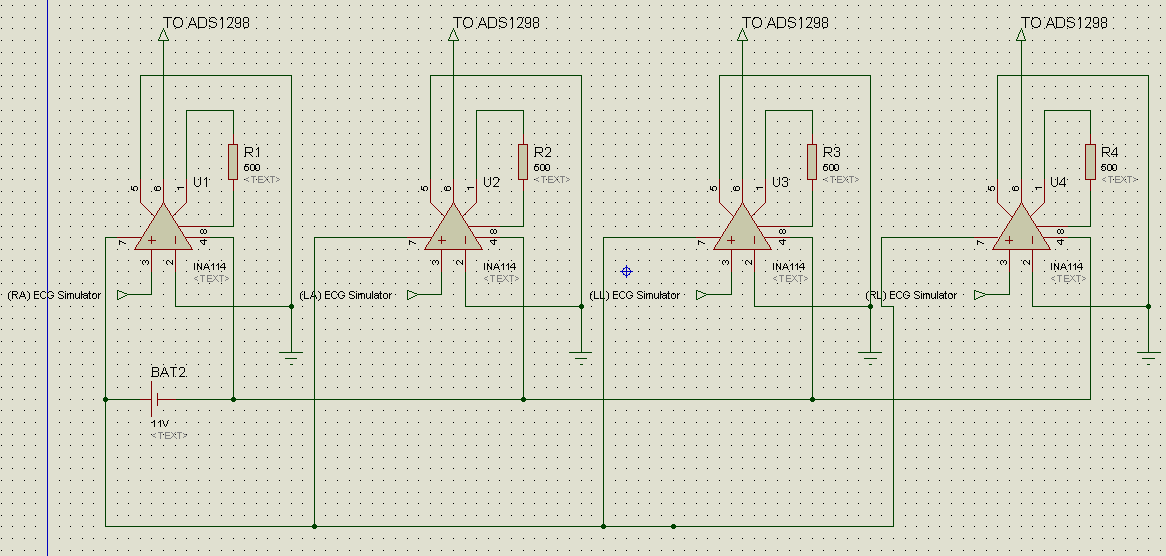Other Parts Discussed in Thread: INA826S, INA826, INA114, ADS1298,
Hello,
My project needs a very low input-referred noise of ideally 1uV peak-peak, but at least 5uV peak-peak.
I am thinking about ways to decrease the input-referred noise. The input-referred noise of the signal conditioning circuit (from AFE input to ADC input) seems to be non changeable. But, the ADC noise can be reduced using an external clock (reduce jitter) and external reference (higher voltage accuracy) and tuning the external capacitance of the anti-aliasing filter (to achieve desired channel bandwidth considering settling time).
However I plan to utilize a PGA gain=12 and sampling rate SPS=500, and knowing that the AFE input-referred noise = sqrt(Vsc_rms^2+(Vadc_rms/PGAgain)^2) with Vsc_rms and Vadc_rms the signal conditioning circuit and ADC input-referred noise voltage rms, it seems that the ADC noise is probably responsible for only a small proportion of the AFE noise.
Anyway, I could use an external clock of 5ps jitter and external reference of 0.04% initial accuracy and I would tune the external capacitance for 3dB channel bandwidth at 80Hz. I see mathematically how the changing the anti-aliasing filter can change the input-referred noise, but that's not the case for the external clock and reference.
Do you know to which extend the input-referred noise could be reduced?
Thanks


